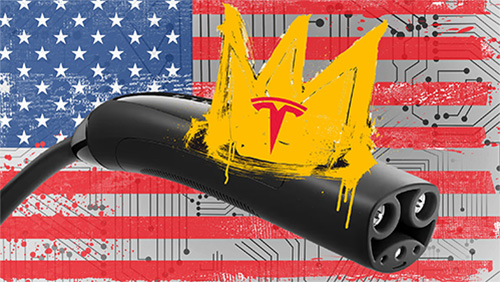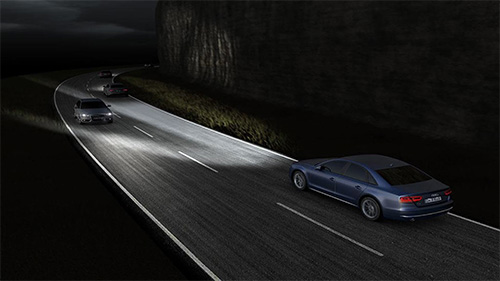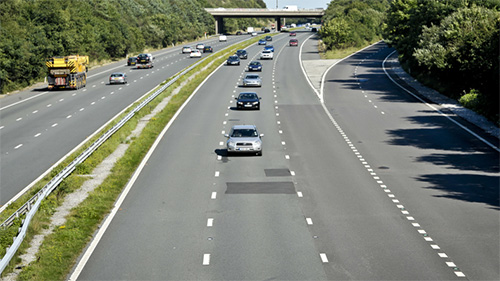Did Megawatt DC Fast Charging for EVs Just Inch Closer to Reality?

Electric vehicles (EVs) have transformed our roads, but one persistent limitation remains: charging speed. Today’s charging networks deliver hundreds of kilowatts of power—a far cry from the terawatt ambitions of the future. The recent release of SAE International’s J3400/2 standard marks a pivotal shift, ushering in the era of megawatt-level charging, bringing us closer to a reality where EVs can recharge faster than ever.
Originally known as the Society of Automotive Engineers, SAE International was established in 1905 and is a reputable professional organization with its headquarters located in Warrendale, Pennsylvania. With over 138,000 members, SAE develops critical technical standards across automotive, aerospace, and ground transportation—ensuring compatibility, safety, and innovation across industries worldwide.
What Is J3400?
SAE’s J3400 standard, also known as the North American Charging System (NACS), was initiated to standardize Tesla's compact and efficient charging connector. It supports both AC and DC charging, enabling seamless power transfer and simplifying EV charging infrastructure.
Rooted in Tesla’s 2012 design and formally opened to broader adoption by 2022, J3400 became a Recommended Practice by late 2023. It not only standardizes electrical performance but also ensures safe interoperability between EVs and charging stations across North America.
J3400/2: A Leap Towards Megawatt Charging
Released in May 2025, SAE J3400/2 focuses specifically on the physical architecture of EV charging hardware. It delivers precise 2D and 3D mechanical blueprints for connectors and inlets, enabling automakers and charging equipment manufacturers to design interoperable, high-voltage systems.
Acknowledged as a sign of the system’s maturity, J3400/2 supports 1,000 volt-capable NACS couplers, capable of reliably handling bidirectional power transfer during ultra-fast charging sessions.
The standard mandates specific clearance distances between positive and negative terminals, ensuring both vehicles and chargers built for lower voltages remain compatible—with the high-power offering backward compatibility in a lower-power form.
Up to 1,000 volts and 1,000 amps, or a theoretical maximum of 1 megawatt (1,000 kW), may be charged according to SAE's J3400 standard. This leap is monumental: it suggests that EVs could gain hundreds of miles of range in mere minutes, akin to the time it takes to fuel a conventional car.
For vehicle manufacturers, this isn’t just technical bravado—it enables the integration of ultra-fast charging hardware. Cars built for megawatt charging can top up during brief stops, making long-distance EV travel seamless. Imagine merging onto a highway after a lunch break recharge—and not an overnight wait.
Prototypes, like a Mercedes-Benz eActros 600, have already demonstrated a full 1 MW charge in controlled conditions, signaling real progress rather than speculation.
J3400 doesn’t just define raw charging power—it emphasizes smart interoperability. The same compact five-pin connector supports both AC and DC charging, complete with digital communication for vehicle-to-grid capabilities. EVs could not only charge rapidly but also serve as temporary energy sources for the grid during peak demand.







